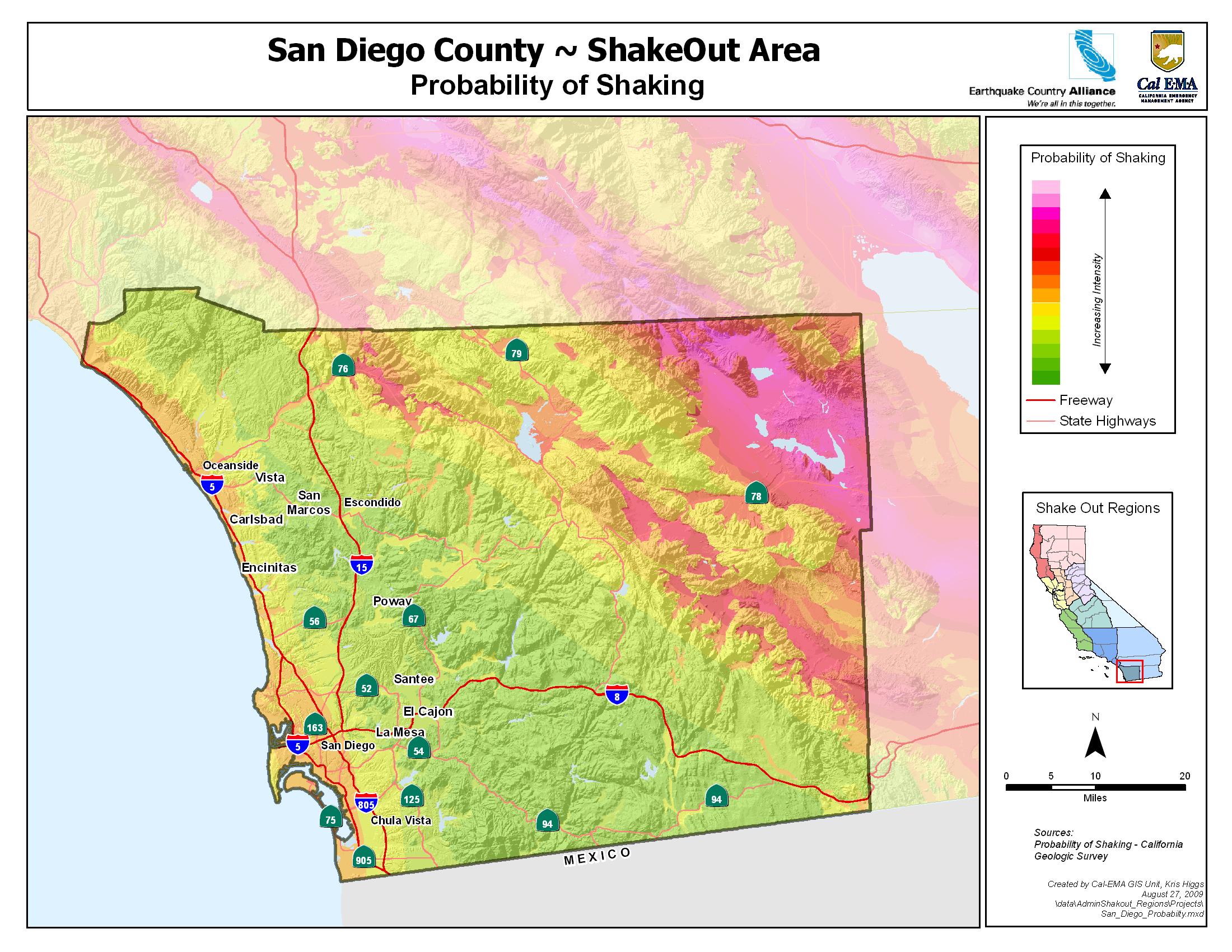Understanding the San Diego Earthquake: Hazards, Preparedness and Impact
The recent discussions surrounding the San Diego earthquake highlight the significant importance of preparedness and awareness, especially in regions prone to seismic activity. With Southern California’s unique geological makeup, seismic events are part of the natural landscape, and being informed is our best defense against potential disasters.
What to Know About Earthquakes in San Diego
San Diego, known for its vibrant culture and stunning scenery, is also located in a seismically active area. The San Andreas Fault system runs close to the region, increasing the risk of earthquakes. According to ShakeOut.org, various factors contribute to earthquake risks, including the geographic layout and the type of soil found in different neighborhoods.
The Science Behind Earthquakes
Earthquakes occur due to stress accumulation in the Earth’s crust, resulting from tectonic plates’ movements. When the stress exceeds the rock’s strength, it releases energy that produces seismic waves, causing the ground to shake. In San Diego’s case, this geological activity is influenced by several fault lines that can produce both minor and significant earthquake events.
Recent Earthquake Activity in San Diego
The most recent significant earthquake in San Diego was felt widely, leaving residents and businesses shaken. While it was not catastrophic, it served as a potent reminder of the importance of being prepared. Local authorities often emphasize creating emergency plans and having supplies on hand, which can mitigate the impact of such occurrences.
Hazards Associated with Earthquakes
The ShakeOut.org website categorizes the primary hazards associated with earthquakes as follows:
- Ground shaking: This is the most immediate effect of an earthquake, causing buildings and other structures to sway and potentially collapse.
- Surface rupture: In more severe earthquakes, the ground itself can crack open, leading to infrastructural damage.
- Secondary hazards: These include landslides, tsunamis, and fires, often caused by the initial shaking.
Preparing for an Earthquake in San Diego
Preparation is key to mitigating the risks associated with seismic activities. Here are essential steps that businesses and residents should take:
- Emergency Kit: Prepare an emergency kit that contains food, water, first aid supplies, flashlights, and batteries.
- Communication Plan: Establish a communication plan that includes how to contact family members and where to meet if separated.
- Secure Your Space: Secure heavy furniture, appliances, and other items that may fall during an earthquake.
The Role of Business Leaders and HR Professionals
For HR professionals and business leaders, understanding the risks associated with earthquakes is vital for the safety of employees and the continuity of business operations. Creating workplace safety protocols and conducting regular drills can prepare teams for emergencies. Here are some best practices to implement:
- Training Sessions: Provide training on how to respond during an earthquake and teach employees how to protect themselves.
- Business Continuity Plans: Develop and regularly update business continuity plans that account for potential earthquake disruptions.
- Investment in Safety Measures: Consider investing in building retrofits or safety technologies that enhance structural resilience.
Community Resources and Support
The San Diego community is supported by various resources that help educate and prepare residents for earthquakes. Local government websites and organizations like ShakeOut.org provide valuable information and guidance on how to prepare effectively.
Furthermore, joining local safety organizations or community groups focused on disaster preparedness can offer additional support and resources for continuous learning.
Conclusion
In conclusion, understanding the risks associated with the San Diego earthquake is crucial for residents and business leaders alike. By being proactive in preparation and education, we can create safer communities and mitigate the impacts of seismic events. Stay informed, stay prepared, and know that our actions today can significantly influence our collective safety tomorrow.






